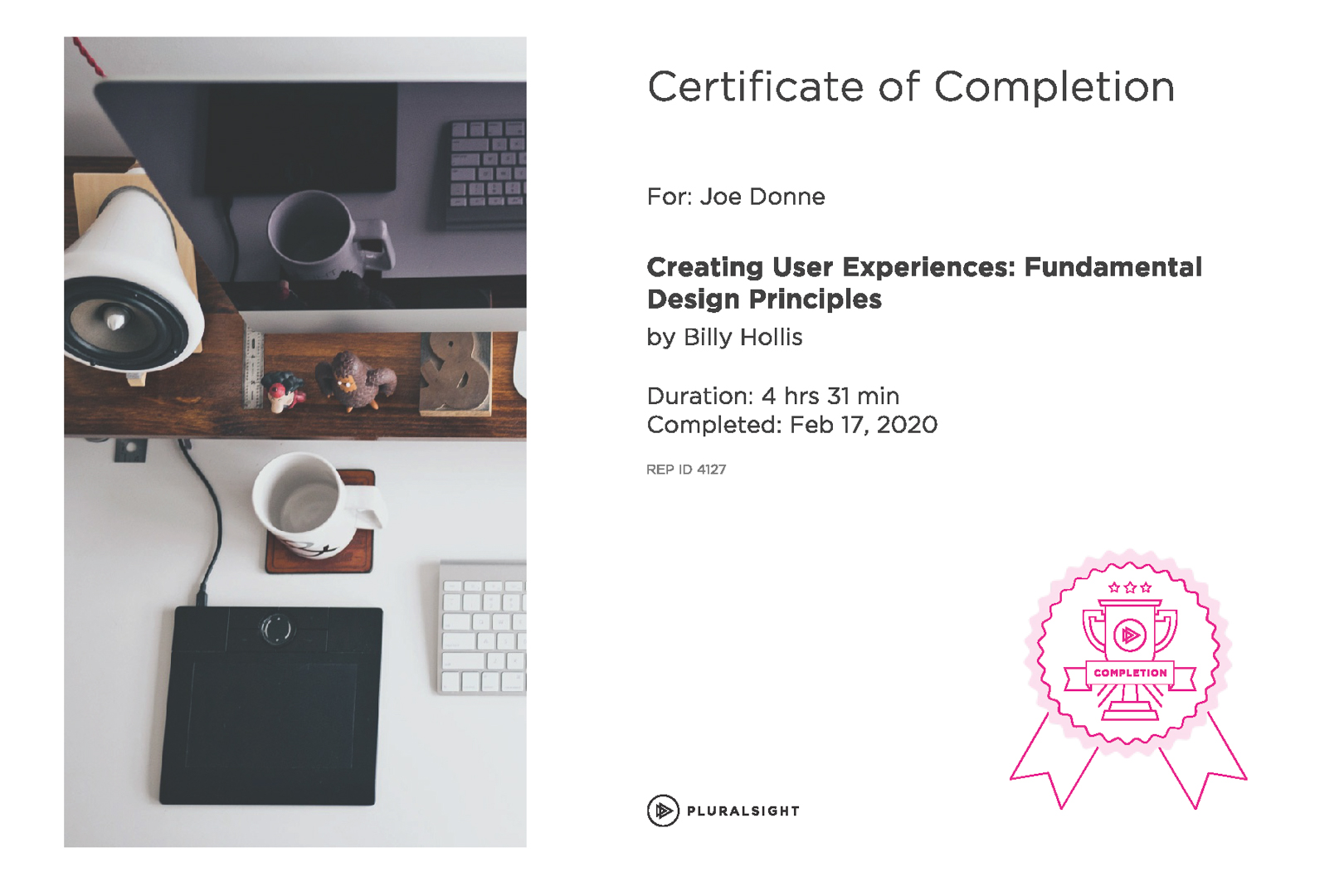Topics
- Module 1: The need for new thinking by developers
- The need for new thinking by developers
- Stuck in a rut
- Evolution as a useful mental model
- Example to learn from: the music industry
- Demo: StaffLynx as an example of new thinking
- Preparing for the new ecosystem: fundamental principles of design
- A test of awareness and observation
- Summary and looking forward
- Module 2: Design Principles for Choosing Options
- Module 2 Introduction – Starting in the real world
- What’s wrong with this elevator?
- The Gestalt principle of proximity
- Some important design principles for choosing options
- Hick’s Law and its consequences
- Alternatives to ridiculously long lists of options
- Users outnumber developers, plus summary and next steps
- Module 3: Visual Scanning and Processing
- Module 3 Introduction – The stages of visual processing
- The Gestalt principles of proximity and similarity
- More grouping gestalt principles
- Gestalt closure, continuity, and figure / ground
- Gestalt principles in remote controls, plus more on intentional blindness
- Gutenberg diagram, and summary
- Module 4: Preference for Naturalness
- Module 4 – Introduction to naturalness preference – Biophilia
- Savannah preference and white space
- Crowded screens and horror vacui
- No matter what you’ve heard, screen real estate isn’t that valuable
- Infinite whitespace – demonstrating the viewport pattern
- An exercise on crowded screens
- Using color and gradients to promote naturalness
- Module 5: Preference for Naturalness, part 2
- Module 5 – Introduction and definition of contour bias
- Contour bias and desire lines
- Overuse of rectangular designs and how to avoid it
- Using animation to promote naturalness
- Animation examples in StaffLynx
- Three dimensional appearance – reasons and techniques
- Module 6: Aesthetics and Legibility
- Module 6 – Introduction and the role of aethetics in design
- Attractiveness bias
- The Aethetic-Usability Effect, plus advice on typefaces and legibility
- Legibility and contrast
- A bit more about fonts, and summary/wrap-up
- Module 7: Managing Cognitive Load
- Module 7 – The need for keeping cognitive load low, and the progress we’ve made
- Recognition over recall and progressive disclosure
- New UI for progressive disclosure, plus highlighting and the mapping principle
- Mapping continued, plus affordances
- Affordances continued, plus constraints
- Feedback, confirmation, and forgiveness
- Module 8: Meta-design Principles
- Introduction and context-sensitive design
- Touch as an example context, and form follows function
- Form follows function, continued, and Ockham’s Razor
- Most Advanced Yet Acceptable
- Performance vs. Preference
- Flexibility-usability tradeoff
- Summary
- Module 9: Summary and Resources for Further Study
- Introduction and a Final Exercise
- Final points about how you can use these concepts, part 1
- Final points about how you can use these concepts, part 2
- Recommended books
